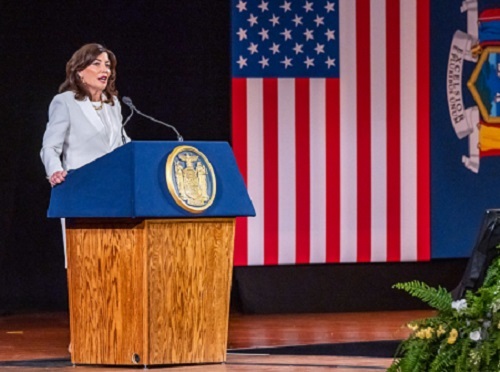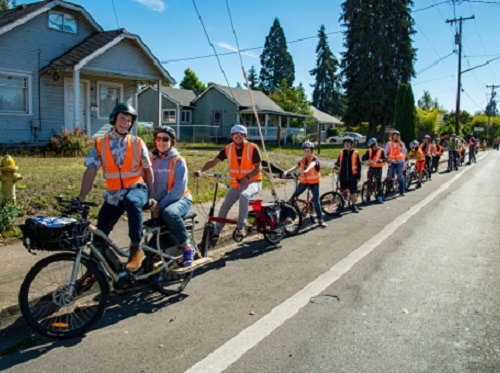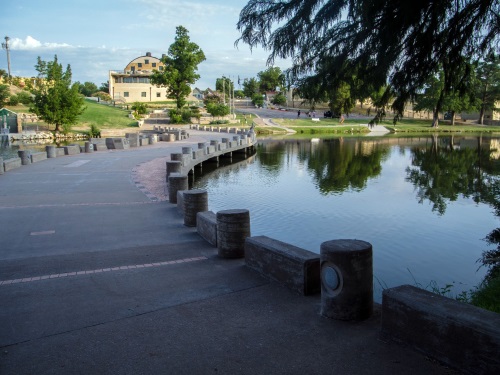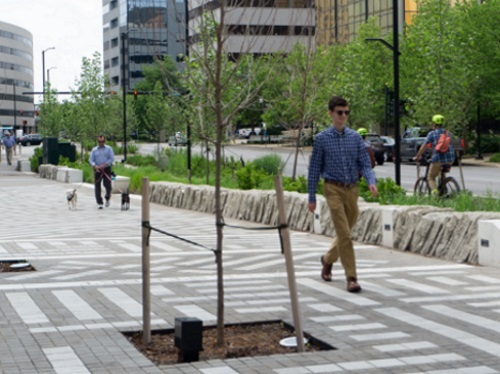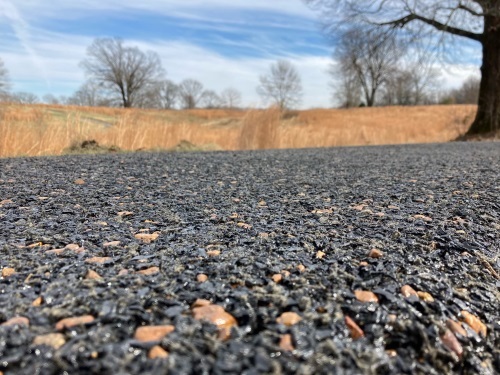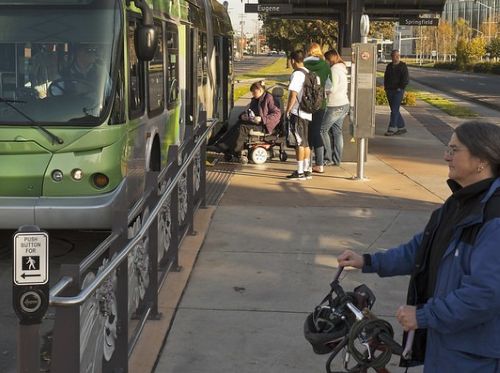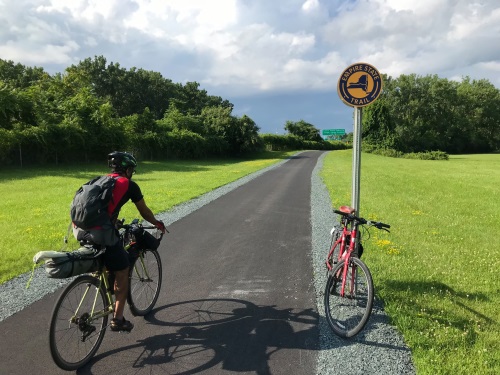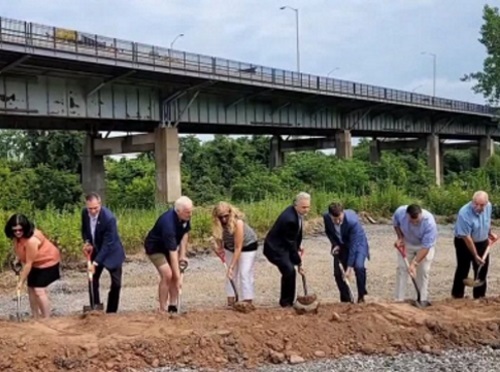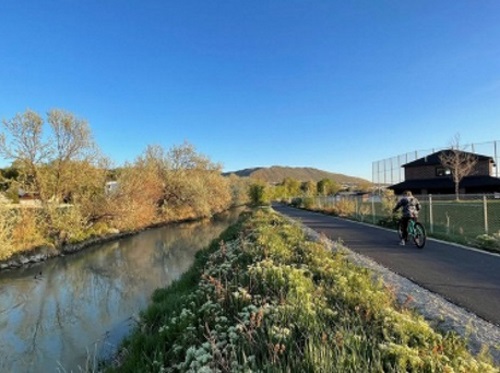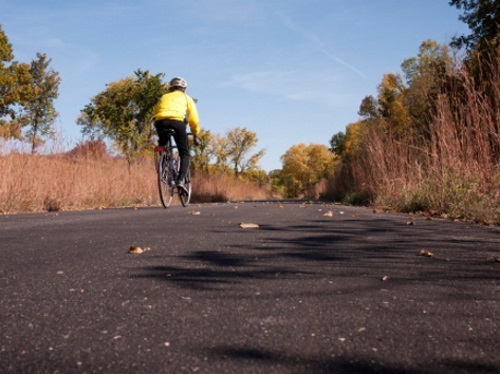Governor Kathy Hochul (D) (above) recently signed a legislative package so the New York Department of Transportation can boost support for municipal “Complete Streets” projects.
[Above photo by the New York Governor’s Office]
A “Complete Street” is a roadway planned and designed to consider the safe, convenient access and mobility of roadway users of all ages and abilities. This includes pedestrians, bicyclists, public transportation riders, and motorists; it includes children, the elderly, and persons with disabilities.
New York’s legislation increases the state share of funding for municipalities incorporating Complete Street features. Under the new legislation, the state’s contribution to the non-federally funded portion of complete street projects will increase to 87.5 percent, which will help municipalities to implement these street designs.
“Whether you’re on the sidewalk, in the bike lane or riding the bus, you deserve a high-quality trip that gets you safely to your destination,” Gov. Hochul said in a statement.“Transportation is all about connections: bringing people closer to their jobs, their homes, and the people they love. I’m proud to sign two new laws that will make our streets safer and our communities more connected.”
There is a growing push at both the federal and state level to integrate complete street policies in surface transportation strategies across the country.
In March 2022, the Federal Highway Administration sent a report to Congress detailing the agency’s commitment to “advance widespread implementation of the Complete Streets design model” to help improve safety and accessibility for all users.
That report – entitled “Moving to a Complete Streets Design Model: A Report to Congress on Opportunities and Challenges” – identifies what FHWA calls “five overarching opportunity areas” that will guide the agency as it moves ahead with efforts to increase “Complete Streets.”
Many state departments of transportation have already adopted “Complete Streets” programs on their own, as noted in this report compiled by the American Association of State Highway and Transportation Officials.
For example, in December 2021, the California Department of Transportation unveiled a new “Complete Streets” policy for all new transportation projects it funds or oversees in order to provide “safe and accessible options” for people walking, biking, and taking transit.
The South Carolina Department of Transportation put in place what it called a wide-ranging “Complete Streets” policy for the state-owned highway system in February 2021.
Meanwhile, on January 3, the Massachusetts Department of Transportation awarded $6.65 million to 15 local communities as part of round two of the fiscal year 2023 Complete Streets grants. This is the 14th overall grant round from MassDOT’s Complete Streets program; funds from which municipalities use to support local multimodal infrastructure projects that improve travel for bicyclists, pedestrians, public transit users, and people using other forms of transportation. “MassDOT is pleased to continue to work with municipal leaders to encourage the installation of infrastructure to help make for ‘Complete Streets’ everywhere,” noted MassDOT Secretary and CEO Jamey Tesler in a statement. “We want everyone in every city and town in the Commonwealth to have sidewalks, crosswalks, and other features which make it easy and safe to get to where they want to go.”

